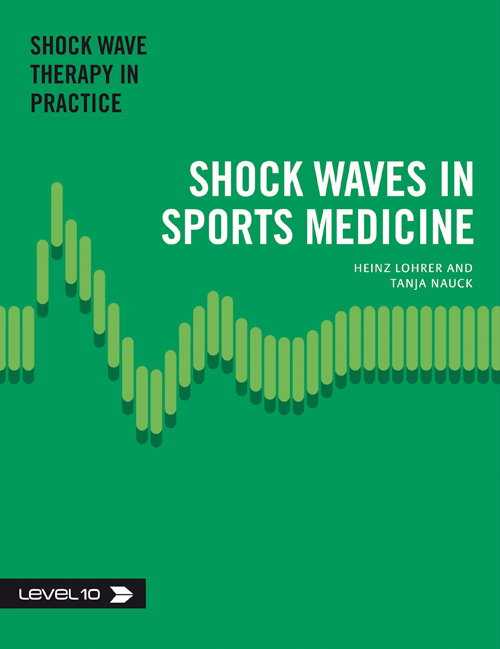How has extracorporeal shock wave therapy (ESWT) developed over the last 20 years? Why has it become increasingly important in the treatment of musculoskeletal disorders? Our authors Heinz Lohrer, Tanja Nauck, Vasileios Korakakis and Nikos Malliaropoulos provide an insight and overview into the current state of research and everyday practice.
Extracorporeal Shock Wave Therapy (ESWT) is a conservative treatment modality with still growing interest in musculoskeletal disorders. This narrative review aims to present an overview covering 20 years of development in the field of musculoskeletal ESWT. Eight historical paradigms have been identified and questioned from a current perspective: energy intensity, focus size, anaesthesia, imaging, growth plates, acuteness, calcifications, and number of sessions. All paradigms as set in a historical consensus meeting in 1995 are to be revised.
Firstly, modern musculoskeletal ESWT is divided into focused and radial technology, and the physical differences are about 100-fold with respect to the applied energy. Most lesions to be treated are easy to reach and clinical focusing plays a major role today. Lesion size is no longer a matter of concern. With the exception of non-union fractures, general, regional, or even local anaesthesia are not helpful in musculoskeletal indications. Juvenile patients can also be effectively treated without risk of epiphyseal damage. Further research is needed to answer the question of whether and which acute injuries can be managed effectively. Treatment parameters, like the number of sessions, still rely on empirical data and have to be further elucidated.

Jetzt informieren: Level-books.com
